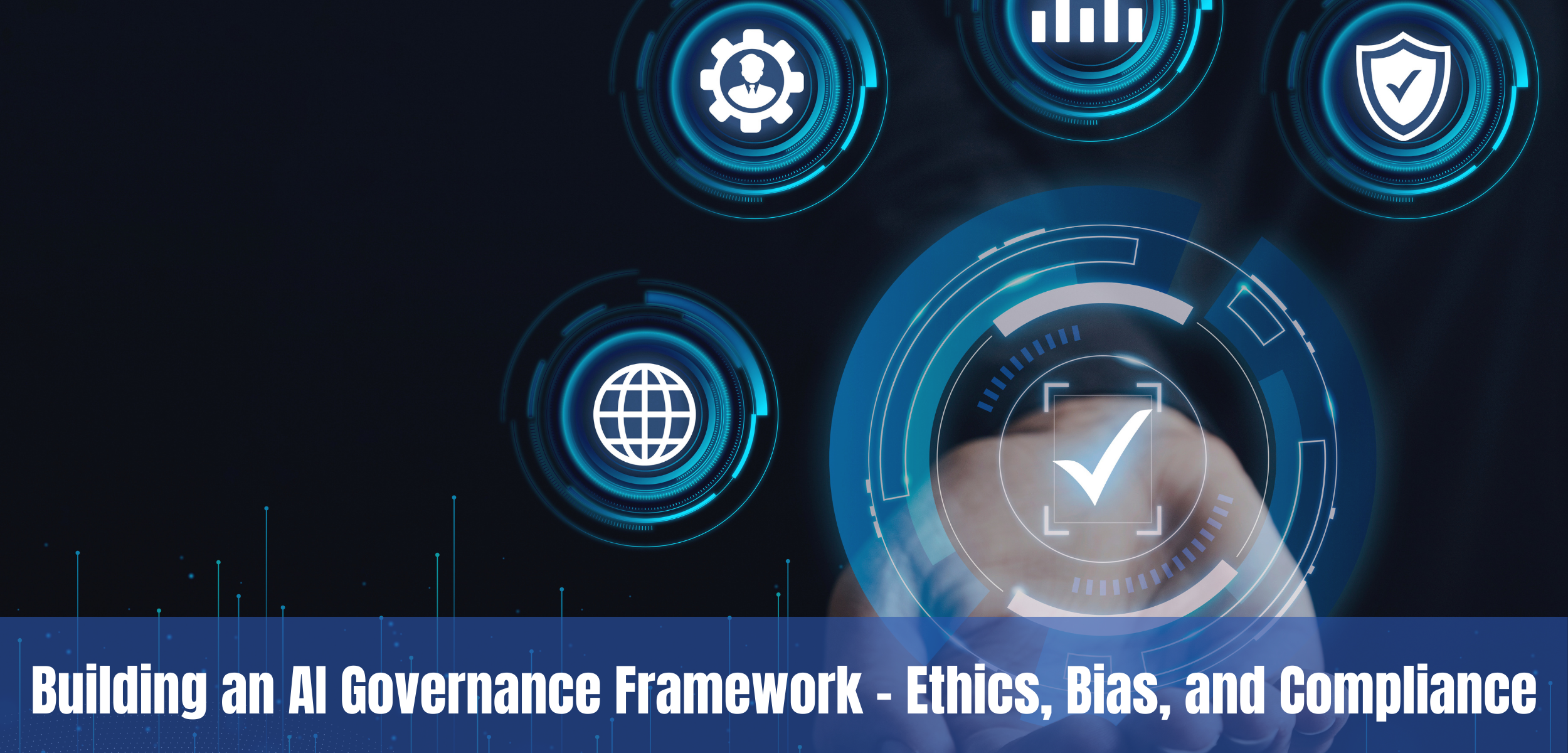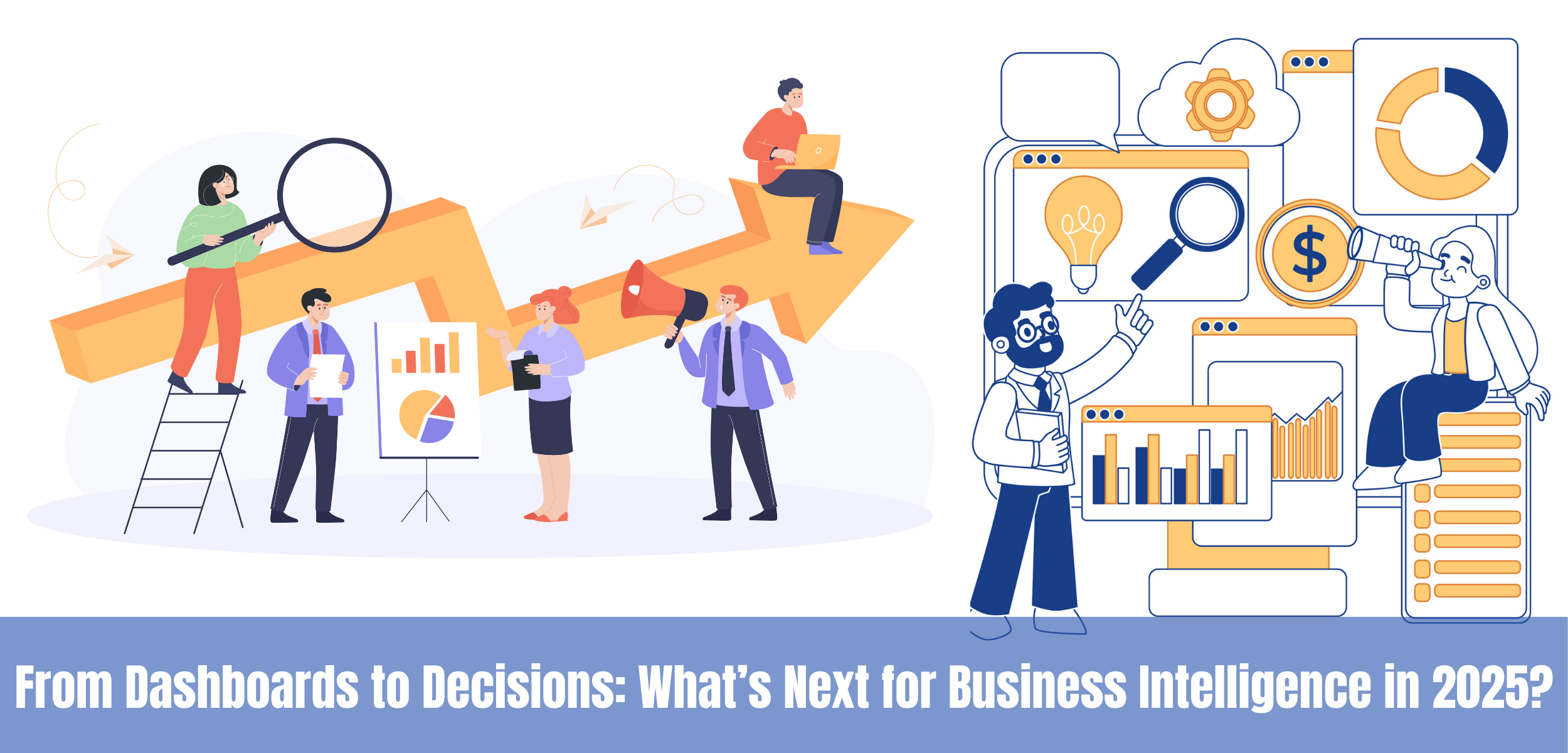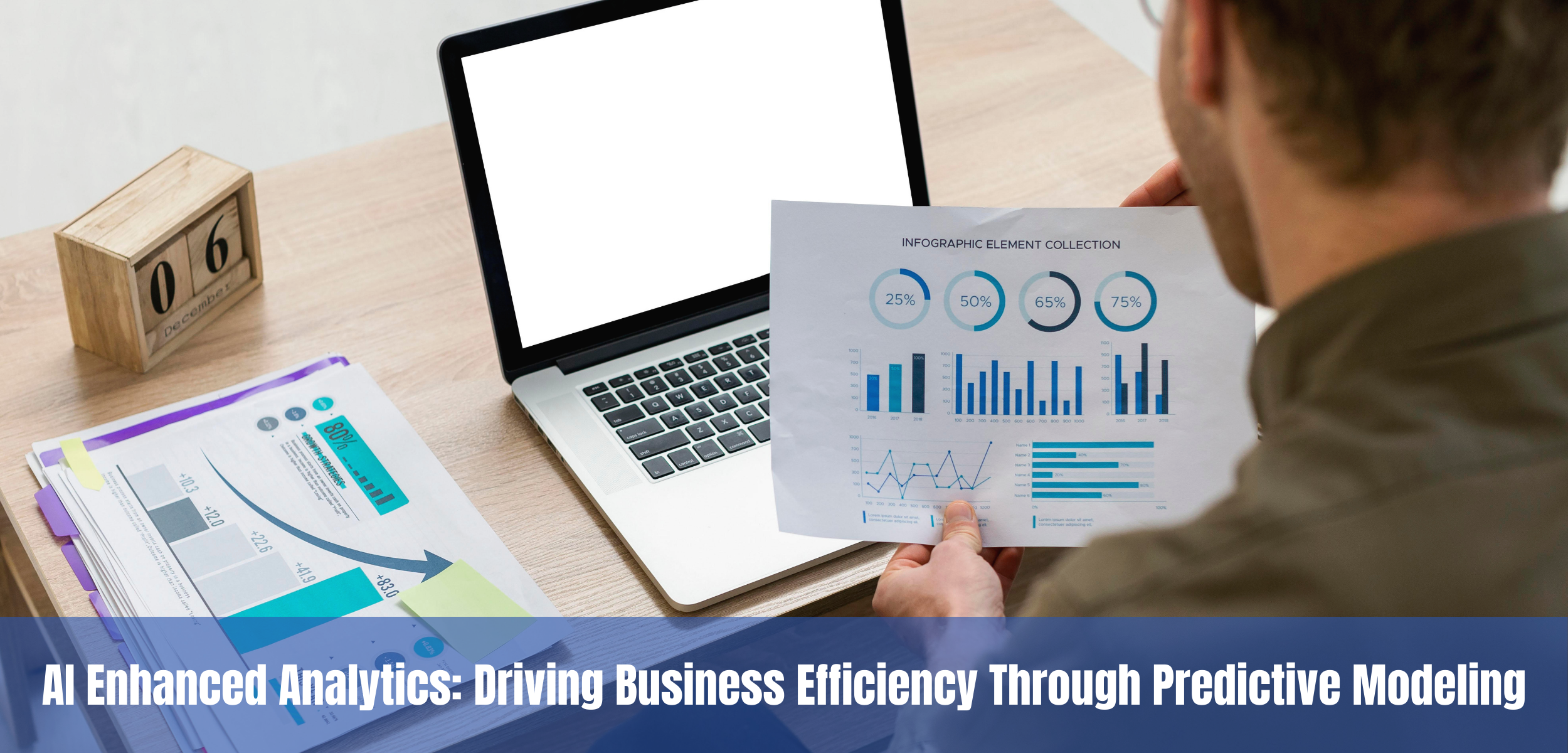Artificial Intelligence (AI) is driving profound change across industries. Yet, as its influence grows, so does scrutiny around its fairness, transparency, and legal compliance.
According to IDC's Worldwide Artificial Intelligence Spending Guide, global spending on AI systems is projected to increase from $85.3 billion in 2021 to over $204 billion in 2025, with a compound annual growth rate (CAGR) of 24.5% during this period. (Source: Businesswire)
But investment alone is not enough. The true test lies in building responsible, ethical AI systems through structured governance.
An effective AI governance framework addresses critical areas: ethics, bias, compliance — and recognizes that innovation and accountability must progress together.
Why AI Governance Is Non-Negotiable
The power of AI comes with proportionate responsibility.
Without governance, AI can amplify biases, make harmful decisions, or violate user privacy.
Over half (54%) of professionals surveyed believe technologies like Generative AI pose the highest ethical risk compared to other emerging technologies."
— Deloitte's 2024 State of Ethics and Trust in Technology Report (Source: PR Newswire)
At the same time, rigid governance risks stifling innovation.
Thus, the challenge is not governance vs. growth — it is building governance that enables trusted, sustainable growth.
Core Components of an AI Governance Framework
A comprehensive governance framework addresses three dimensions:
1. Ethical Foundations
Ethical governance involves defining organizational principles around:
- Fairness: Avoid systemic biases
- Accountability: Clarify who is responsible for outcomes
- Transparency: Explain model behavior without disclosing sensitive IP
- Respect for Autonomy: Ensure user consent and rights
Different industries and regions may interpret these principles differently, underlining the need for context-specific policies.
2. Bias Mitigation
Biases can enter AI systems at multiple points — training data, algorithm design, and deployment environments.
"91% of all large language models (LLMs) are trained on datasets scraped from the open web."
— AllAboutAI, 2025 (Source: AllaboutAI)
Mitigation strategies include:
- Diverse, representative data sourcing
- Fairness-aware algorithms
- Human-in-the-loop validation
- Continuous bias monitoring post-deployment
Complete elimination of bias is unrealistic; mitigation is an ongoing, iterative effort.
3. Legal and Compliance Alignment
Emerging regulations emphasize AI accountability:
|
Regulation |
Scope |
Focus Areas |
|
US Algorithmic Accountability Act |
Automated decisions |
Impact assessments, bias reporting |
|
EU AI Act |
AAll AI applications |
Risk classification, documentation, transparency |
|
India’s Digital Personal Data Protection Act (2023) |
Personal data use |
Consent, user rights, breach penalties |
"73% of genAI-aware online adults agree that companies should disclose when they use the technology to interact with them."
— Forrester's December 2023 Consumer Pulse Survey (Source: Forrester)
Opportunities and Benefits of Strong Governance
When governance is implemented thoughtfully, it offers tangible business advantages:
- Increased Trust: 39% of executives cite 'building trust' as top responsible AI goal (Source: PwC)
- Reduced Risk: Early bias detection and compliance lower exposure to regulatory fines
- Competitive Advantage: Organizations seen as ethical AI leaders often enjoy stronger brand loyalty
- Operational Efficiency: Clear guidelines prevent costly redesigns after ethical or legal failures
Good governance is not merely defensive; it can fuel adoption and success.
Challenges in Building AI Governance
While the benefits are compelling, organizations must navigate significant obstacles:
1. Complexity of Explainability
Advanced models, especially deep learning systems, often operate as "black boxes."
Explaining why a model made a decision — especially to non-technical regulators or customers — remains a technical challenge.
2. Global Diversity of Ethical Standards
Ethical norms differ worldwide.
What constitutes fairness in one culture may not align with another's values.
A governance model effective in Europe may require adjustments in Asia or Africa.
3. Organizational Resistance
Governance initiatives can face pushback from innovation teams who perceive oversight as bureaucracy.
Successful models foster cross-functional collaboration — not top-down mandates.
4. Resource Intensiveness
Bias audits, ethical impact assessments, and compliance reporting require skilled personnel and new tools, increasing operational costs.
Balancing Innovation and Responsibility
The tension between innovation and governance is real — but not insurmountable.
Rather than seeing ethics and compliance as roadblocks, forward-looking organizations integrate them into the innovation cycle itself.
Agile ethical review processes, early-stage risk assessments, and built-in auditability enable teams to move fast and responsibly.
Speed and responsibility, when properly aligned, become reinforcing rather than opposing forces.
The Future of AI Governance
As AI systems grow more complex — especially with generative AI models — governance frameworks will need to evolve dynamically.
Emerging trends include:
- Mandatory External Audits: Independent validation of high-risk AI
- Dynamic Risk Monitoring: Continuous assessment post-deployment, not just at launch
- Governance-as-a-Service Tools: SaaS solutions that automate parts of governance workflows
- International Standards Development: Organizations like ISO and OECD are working toward global harmonization of AI standards
Adapting governance strategies to these trends will be critical for sustained, trusted AI innovation.
Conclusion
Building an AI governance framework is no longer optional. Done right, it protects against ethical pitfalls, regulatory penalties, and reputational risks — while strengthening trust and accelerating adoption. But governance must be approached thoughtfully — balancing innovation, risk management, and cultural diversity. It is a journey of continuous improvement, not a one-time achievement.
At Evermethod Inc we partner with forward-thinking enterprises to design AI systems that are responsible, ethical, and resilient.
Reach out to Evermethod Inc to build governance frameworks that help you lead with confidence in an AI-driven future.
Get the latest!
Get actionable strategies to empower your business and market domination
.png?width=882&height=158&name=882x158%20(1).png)

.png/preview.png?t=1721195409615)

%2013.png)


